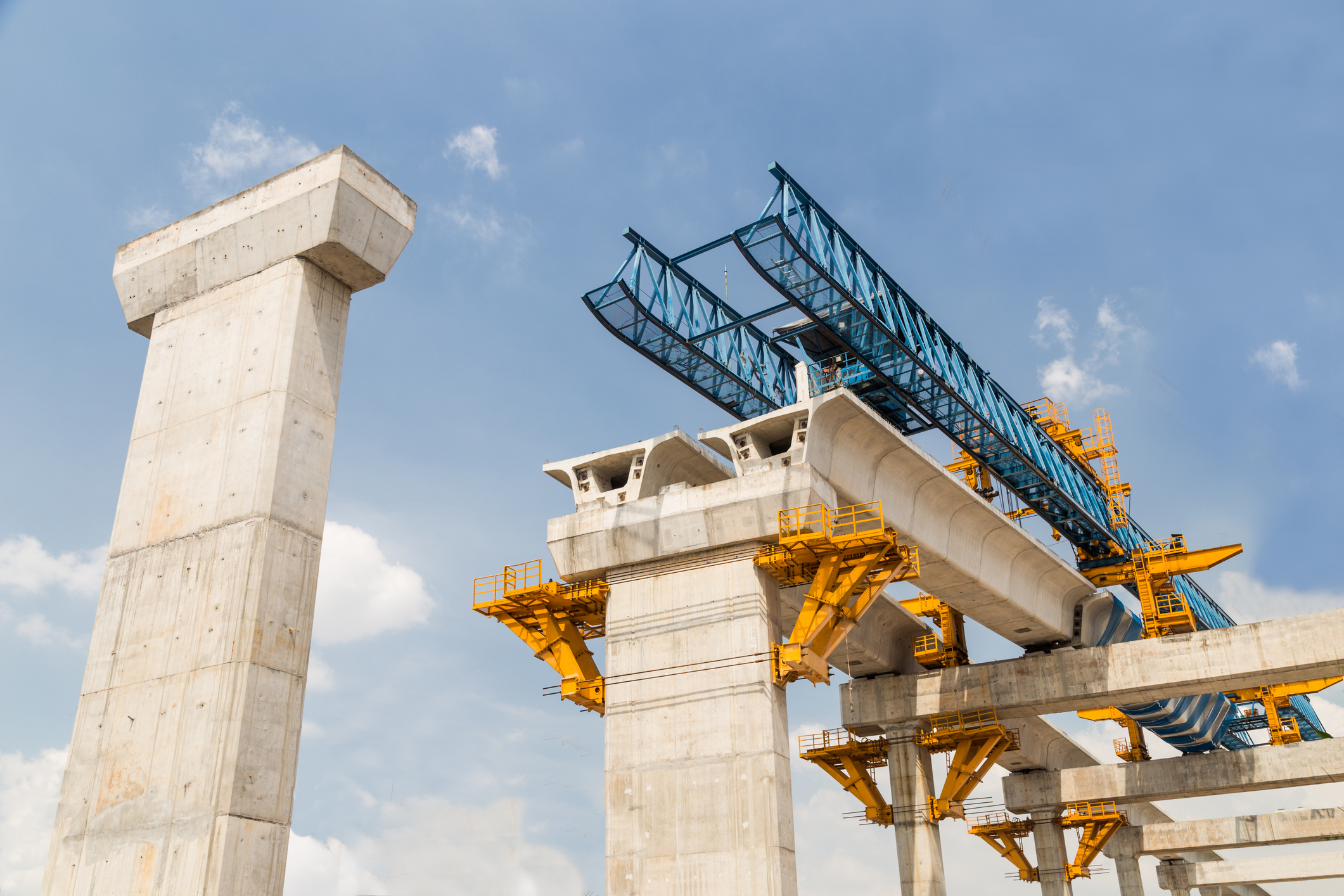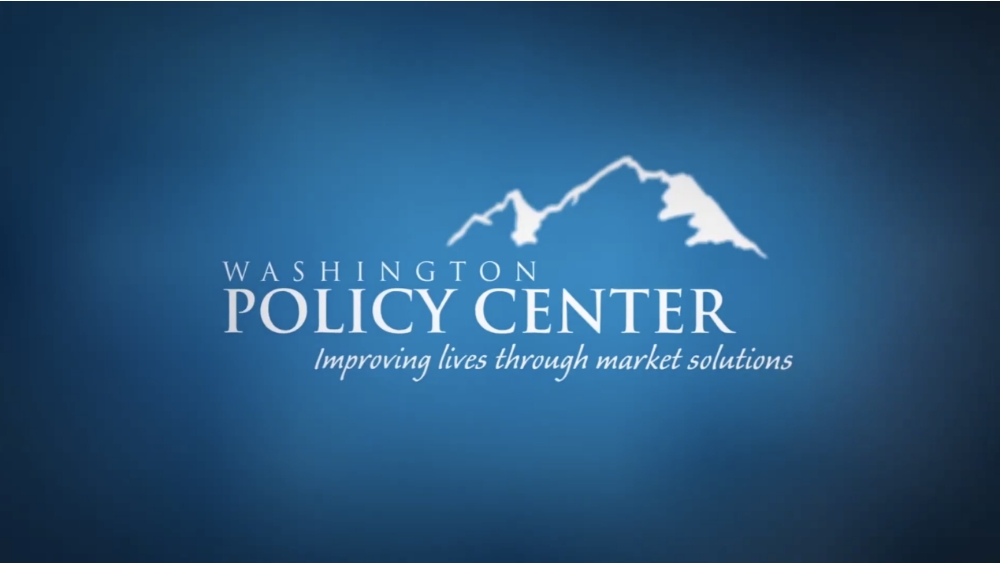The City of Spokane and Spokane Transit Authority have unanimously decided to move forward with plans for an electric trolleybus in Downtown Spokane. The decision, after more than a year of deliberation and input from a community Sounding Board, eliminated both a most expensive and least expensive option.
The Central City Alternatives Analysis project set out to determine whether Spokane should have a transit 'circulator' in its downtown core. While Spokane Transit already operates a successful bus service, some local business owners and policy makers wanted to look at the feasibility of building a different type of system. Many routes and modes were reviewed. Eventually, a route from Spokane's Browne's Addition neighborhood to Gonzaga University was selected. The question boiled down to the type of mode.
Three options were considered: a costly streetcar, an electric trolley bus, or a more efficient bus rapid transit. The streetcar option was by far the most costly and not feasible. The BRT option, while very successful in other cities, was shot down by a group of core stakeholders and business owners who worried it was too much like a regular bus. In the end, the decision was made to go with the electric trolleybus, which as we can see below, costs twice as much to build and about twice as much to operate as an enhanced bus (BRT).
Operating:
Streetcar: $12 per vehicle revenue mile/ $202 per vehicle revenue hour
Electric Trolleybus: $15 per vehicle revenue mile/ $108 per vehicle revenue hour
Enhanced Bus (BRT): $7 per vehicle revenue mile/ $99 per vehicle revenue hour
Current STA Bus: $7.18 per vehicle revenue mile/ $99.31 per vehicle revenue hour
Capital:
Streetcar: $34-51 million/mile
Electric Trolleybus: $6-9 million/mile
Enhanced Bus (BRT): $3-5 million/mile
Washington Policy Center, which served on the Sounding Board and provided input, has expressed concern that no ridership projection numbers have been released. In other words, we don't know if there's a need or how many people may end up using the new system. STA officials currently estimate 1,600 people use bus service along the route that is proposed. How can a proper mode be chosen if we don't know how many people will use the new system?
A consulting firm working on the project says determining projected ridership can be difficult, but that systems like a streetcar and electric trolleybus add a 'coolness' factor which cannot be measured.
Washington Policy Center's position is clear - millions of dollars of taxpayer money should not be used to build a system simply because it is considered by some to be 'cool.'
Furthermore, there is currently no evidence to suggest an electric trolleybus - or BRT for that matter - will increase ridership along the proposed route. Without an increase in ridership, valid questions arise about a need for such system.
STA officials estimate it will cost $36 million to build the electric trolleybus. Half of those funds, they say, would come from the federal government in the form of a small starts grant. The other major chunk will have to be paid for by most of the taxpayers of Spokane County, in the form of a sales tax increase.
It is hard to see how the voters of Spokane County would approve such a price for a system they may never use.
STA hopes to have a conceptual design completed by next spring, and a financial plan available by next summer. Eliminating the streetcar option was a smart, positive step for STA and local officials.
It is doubtful that twice as many people will use the electric trolleybus, so why should taxpayers be asked to pay for a system which costs twice as much? STA is already serving the public in a cost-effective way. A case can be made for an expanded service, but if local officials are really interested in providing transit and respecting taxpayers, WPC believes the enhanced bus (BRT) clearly is the best option.


